This exercise looks at the dynamic range of scenes under five different lighting situations. I’ve used the D300s with 18-200 VR lens throughout, with noise reduction disabled.
The first is taken on an overcast day.
These are good conditions for photographing seagulls – if there’s any sunlight the glare from the white feathers is too great and highlight clipping occurs. This image was taken at 1/30 sec, f/14, exposing for the light area (white clouds in the sky) with no highlight clipping. The black stanchion reading for exposure was 1/8 sec, f/14, so the difference is two stops between lightest and darkest. Using Adobe Raw in Photoshop, the exposure could be increased by 2.8 stops until noise started to appear in the black stanchion.
The dynamic range of this image is EV 4.8. I expected a lower value than this. Obviously there was more available light than I thought.
The second image was taken indoors using a daylight lamp as the light source.
This was taken at 1/6 sec, f/5.6 exposing for the light area (white cloth) with very slight highlight clipping in the blue channel, to the bottom right. The darkest area (black pig’s ear) read 1.0 sec, f/5.6, so a difference of 2.5 stops between lightest and darkest. Using Adobe Raw in Photoshop, the exposure could be increased by 2.55 stops until noise started to appear in the dark areas.
The dynamic range of this image is therefore EV 5.05. I was surprised at this level – I expected more with the contrasting black and white. It must be due to the light emitted by of the daylight lamp which has produced an unexpected blue cast. It’s also a soft light which doesn’t create hard shadow areas.
The next image looks quite ‘flat’, taken on a brightly sunlit but slightly hazy day.
This was taken with an exposure of 1/80 sec, f/14. Exposing for the dark wooded area in the cliffs required 1/60 sec, f/14 – a difference of 0.5 stops. In Adobe Raw the exposure was increased by 2.15 stops before noise was appearing in the wooded area.
The EV for this image is therefore 2.65 – very low. It does have the advantage of being able to see lots of detail in the seafront buildings which would have been lost with higher contrast.
Looking for a high dynamic range image, the next image was taken at night, capturing the reflected lights from a harbourside inn.
Taken at 1.6 sec, f/5.0, there is some highlight clipping in the street lights, but the reflections are acceptable.
Exposing for the dark water required a 25 sec exposure at f/5.0 – a difference of 5 stops. In Photoshop Adobe Raw, the exposure was increased by 3.55 until noise began to appear in the dark areas.
The dynamic range for this image is therefore EV 8.55
The final image of this exercise was taken with the subject sitting near the window using only sunlight through the window as the light source.
An exposure of 1/160 sec, f/5.6 was needed to avoid highlight clipping. The dark area on his cheek required an exposure of 1/5 sec, f/5.6 – a difference of 5 stops. In Adobe Raw, the exposure was increased by 3.15 stops before noise occurred.
The image therefore has a range of EV 8.15 – another high dynamic range. I suspect this is due to the strength of the outside sunlight which creates very hard, dark shadows.
We’ve seen that the dynamic range isn’t just a function of the contrasting colours, but of the intensity and direction of the light source. High contrast images will have these strong light sources and hard, dark shadows.
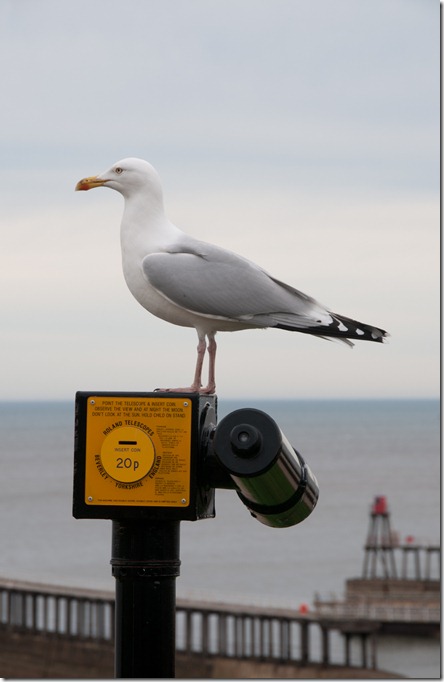
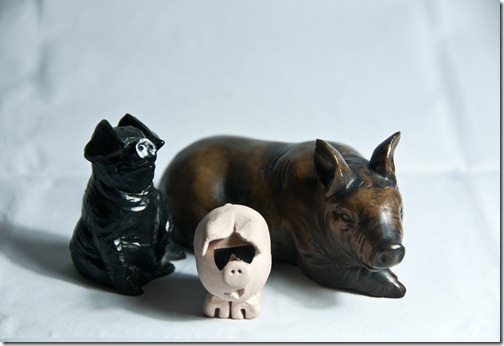
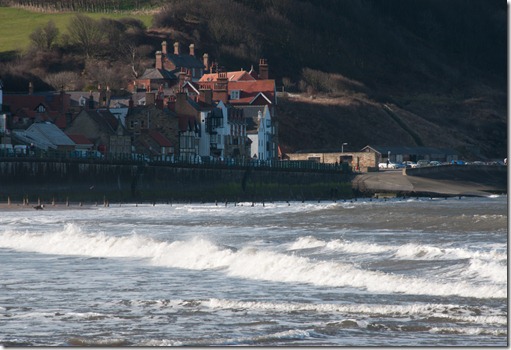
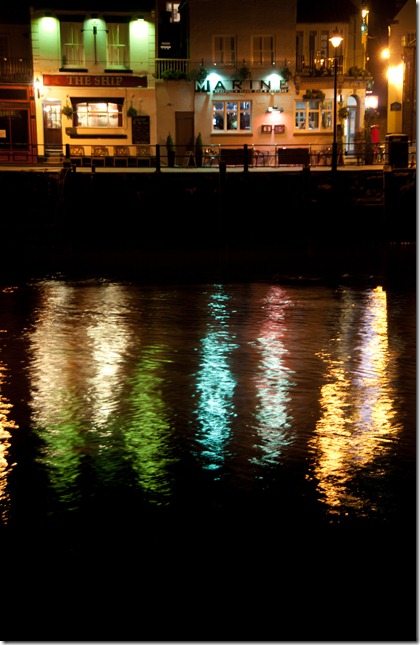
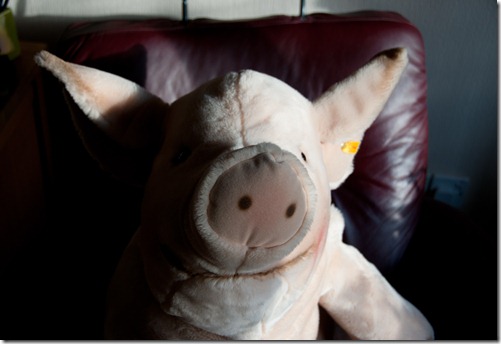
No comments:
Post a Comment